Church of Vanand (Mazra)
Location
The church is located in the centre of the administrative territory of Vanand village of Kashatagh region of the Artsakh Republic (the church was located in Ghubatlu region during the Soviet years). The latter was united in the urban community of Vorotan. The village is located at an altitude of 1250-1310 meters above sea level and in the Middle Ages was called Mazra (Karapetyan 2001, 179).
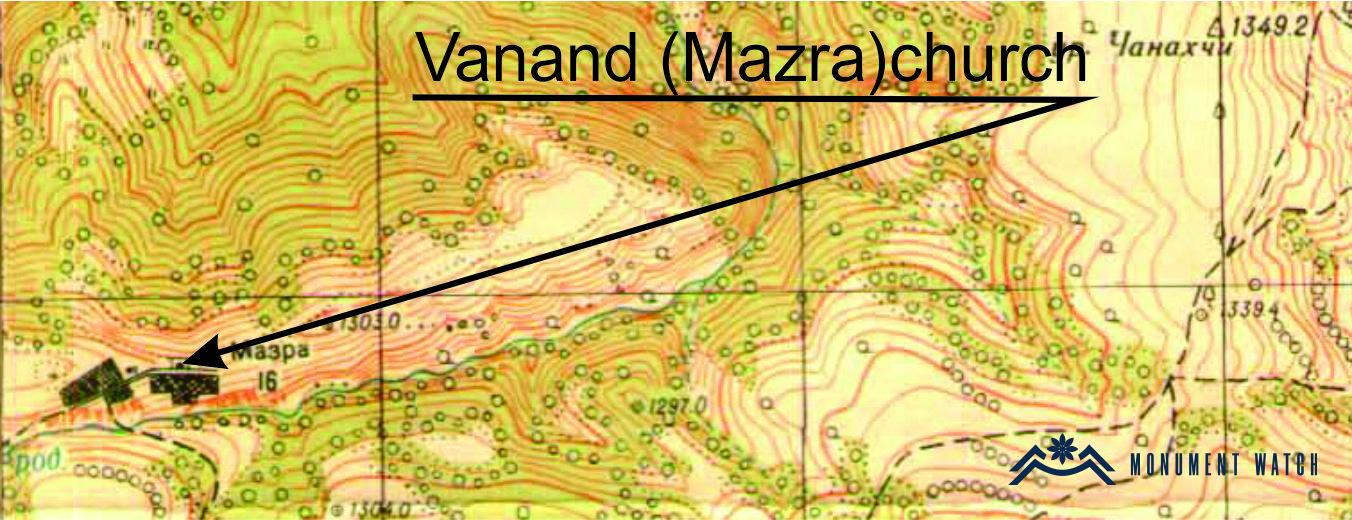
Historical overview
There is almost no historical data about the village of Mazra and the church located in its center. The village was emptied of Armenians in the 18th century, because during the construction of the church in 1694, the village was naturally inhabited by Armenians.
Architectural-compositional description
The church is single-nave in plan, has a vaulted composition with vestries on both sides of the main altar (Fig. 1). The church is located in the center of the village (Fig. 2). It is built of rough and hewn basalt stones (Fig. 3). The dimensions of the church are 14.15X8.15 meters. The only entrance to the church is from the south, whose lintel inscription has been intentionally damaged and is difficult to read (Fig. 4). The 8-line inscription states that it was built by Khoja Petros in his memory and “his spouse, his son Hovhannes, his parents – Malikset, Mary, his brothers Arakel, Margar… the leader and master of the village Hovhannes… Malik Galust, intendant friar Sargis… in the year of 1694” (Karapetyan 2001, 180). During the Soviet years, the church was used by Azerbaijanis as a fodder store. The cruciform window of the eastern facade of the church bears traces of firearms (Fig. 5). Near the southern wall of the church lies a damaged khachkar of the 16th-17th centuries (Fig. 6).
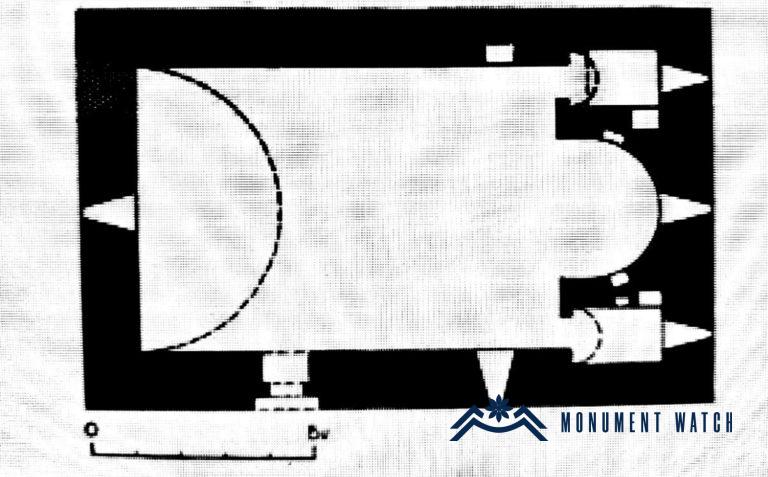
Fig. 1 Karapetyan 2001 – Karapetyan S., Armenian cultural monuments in the region of Karabakh, Yerevan, p. 180.
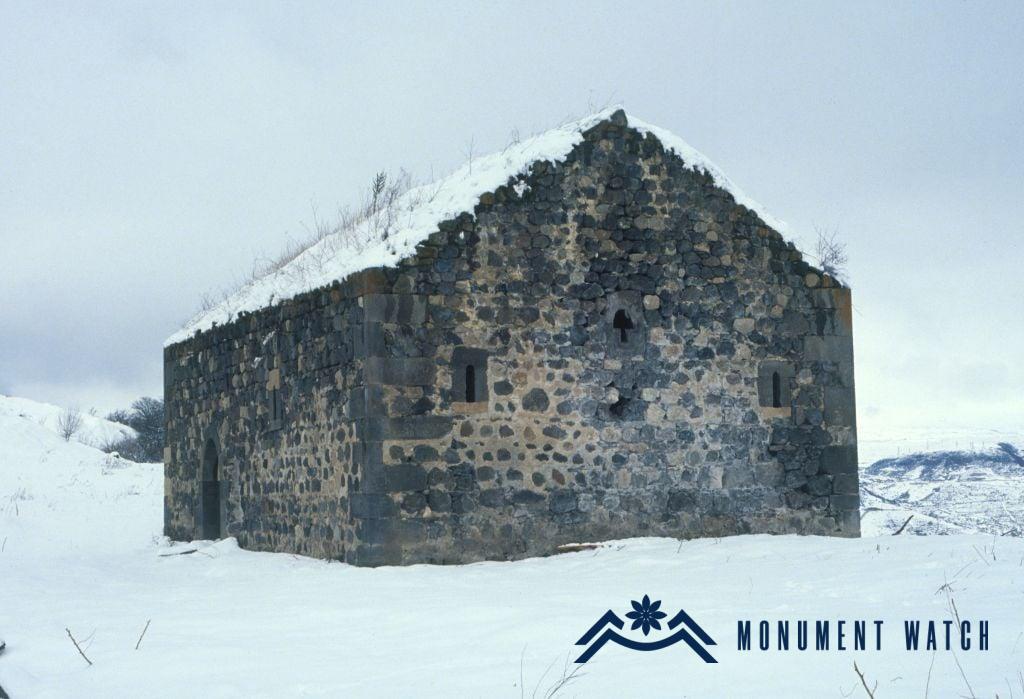
Fig. 3 The eastern facade of the church, photo by S. Karapetyan.

Fig. 5 The window of the eastern facade of the church, photo by S. Karapetyan.
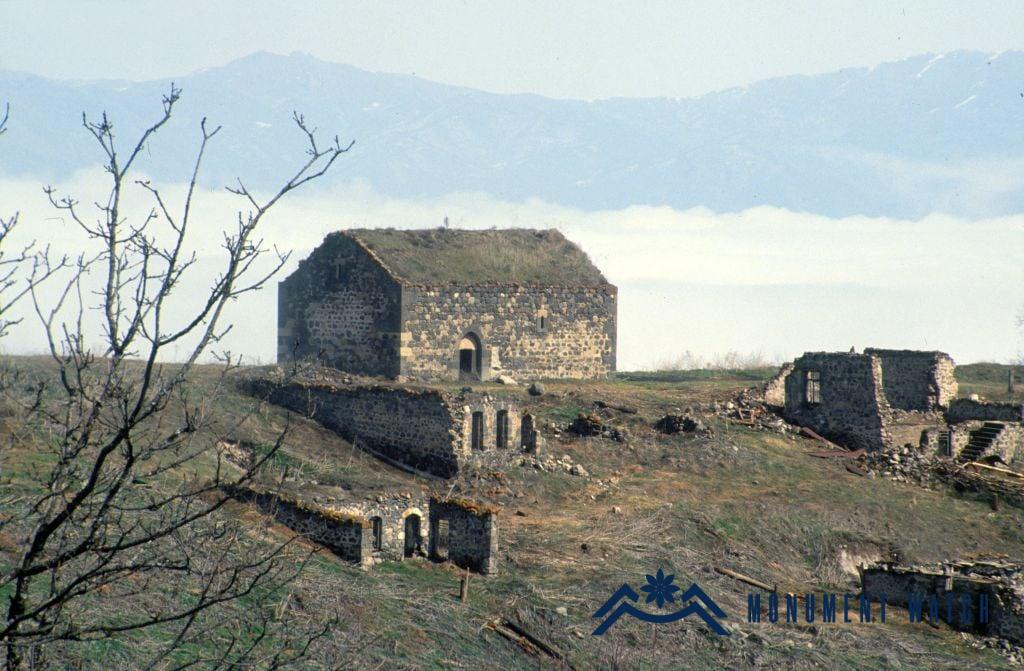
Fig. 2 The general view of the church, photo by S. Karapetyan.

Fig. 4 The southern entrance of the church and the damaged lintel, photo by S. Karapetyan.
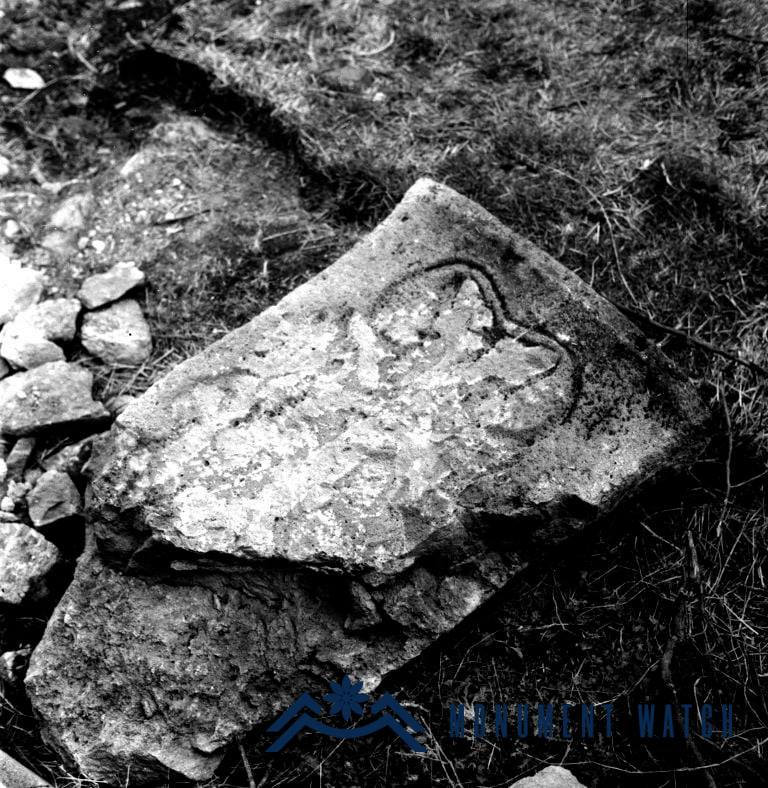
Fig. 6 The khachkar under the southern wall of the church, photo by S. Karapetyan.
The condition before and after the war
The church was not damaged during the Artsakh wars.
There is no information about the monument after Kashatagh region came under the Azerbaijani control.
Bibliography
- Karapetyan 2001 – Karapetyan S., Armenian cultural monuments in the region of Karabakh, Yerevan.
Church of Vanand (Mazra)
Artsakh